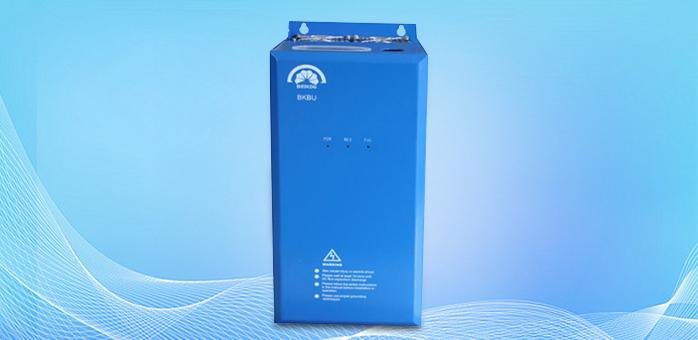The difference between braking unit and braking resistor
22-06-12
The braking resistor and braking unit are two independent devices, although they are always connected together for use, so the difference is very obvious. A braking resistor is a resistor used to consume energy.

Under the premise of conducting the braking unit, the regenerative energy generated during the motor deceleration process will be consumed on the braking resistor in the form of energy consumption, thereby improving the braking performance of the frequency converter and shortening the braking time of the frequency converter. Changzhou Bobang Electric's "burund" brand brake resistors, abbreviated as "BAR (aluminum shell resistor), BWR (ripple resistor), BPRB (brake resistor box), and BPRU (brake resistor cabinet)", have a high reputation in the frequency converter industry. Simply put, the brake unit is a "switch" controlled by voltage. Due to the internal core component being a chopper circuit, the brake unit is also called a chopper, mainly by detecting DC voltage, Determine if the startup threshold is exceeded, and then control the internal IGBT. When the voltage exceeds a certain value, the thyristor conducts.
Braking process of braking unit and braking resistor
1、When the motor decelerates under the action of external forces, it operates in a generating state, generating regenerative energy. The three-phase AC electromotive force generated by it is rectified by a three-phase fully controlled bridge composed of six freewheeling diodes in the inverter section of the frequency converter, causing a continuous increase in the DC bus voltage inside the frequency converter.
2、When the DC voltage reaches a certain voltage (the opening voltage of the braking unit), the power switch of the braking unit is opened, and the current flows through the braking resistor.
3、The braking resistor releases heat, absorbs regenerative energy, reduces the motor speed, and reduces the DC bus voltage of the frequency converter.
4、When the DC bus voltage drops to a certain voltage (braking unit stop voltage), the power tube of the braking unit is turned off. At this point, no braking current flows through the resistor, and the braking resistor naturally dissipates heat, reducing its own temperature.
5、When the voltage of the DC bus rises again and causes the braking unit to act, the braking unit will repeat the above process to balance the bus voltage and ensure the normal operation of the system.


